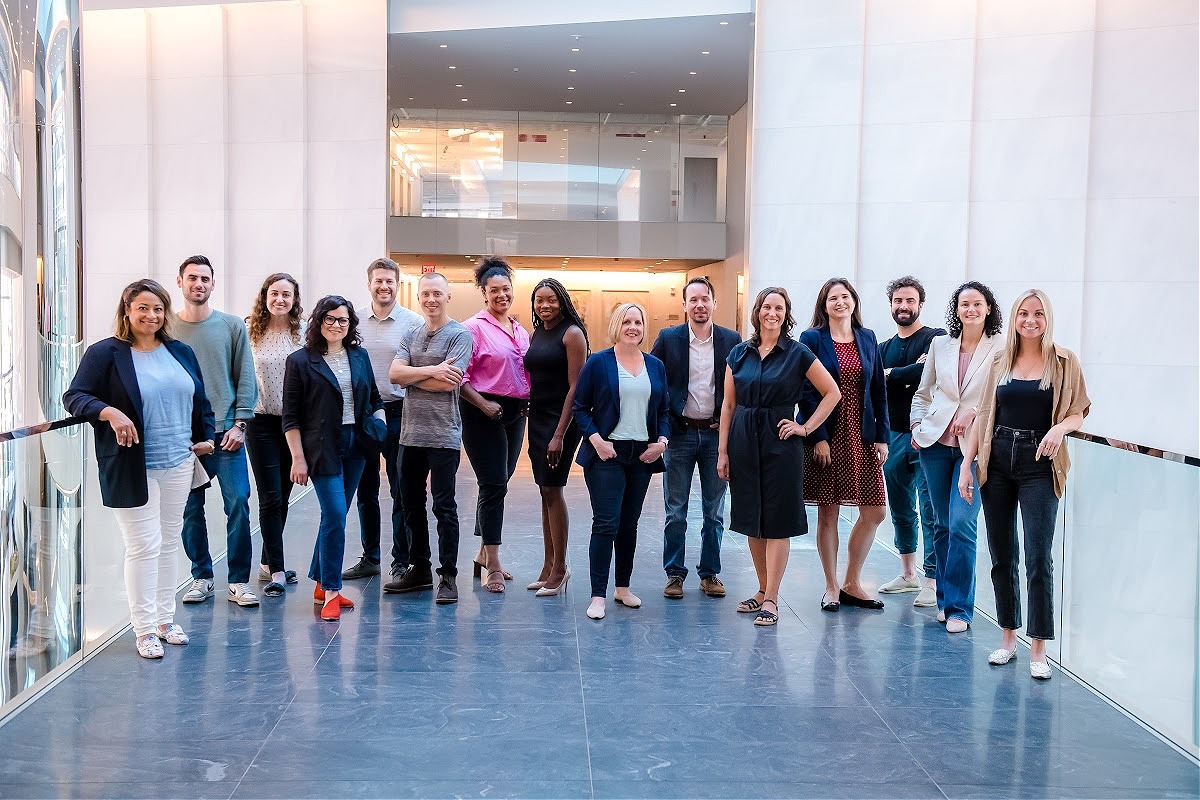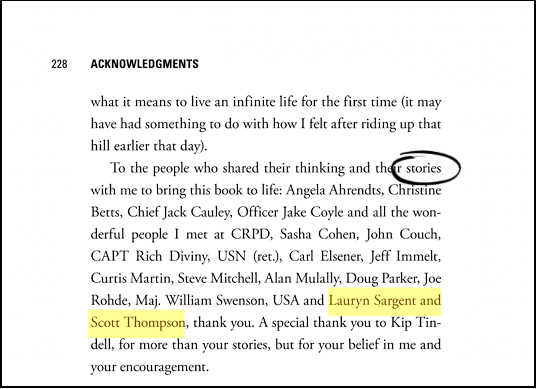Taking the Long View for 10 Years
Stories Incorporated co-founder Scott Thompson on how taking the long view helped build 10 years of growth for the employer branding content company.
In September 2022, Stories Inc. will celebrate its 10-year anniversary. And while it feels like just yesterday that Lauryn and I decided to partner up to work on this business, I admit that 10 years is a long time for our fledgling company to have stuck around.
There are a lot of reasons why we’re still here, including the team members, clients, partners, vendors, family members, and friends who have supported us along the way. We’re so thankful for you.
An additional reason we’re able to celebrate 10 years may be that we’ve tried to be intentional about taking a long-term view in the decisions we make as a company. That approach has been inspired in part by the amazing companies we’ve worked with over the years.
Here are four examples of Stories Inc. clients taking the long view in massive ways:
CVS Health
CVS Health made one of the most shocking long-view decisions I can remember when it decided in 2014 to stop selling tobacco in its stores. It was a move that would cause CVS to see a $2 billion decrease in sales annually in the short-term.
But selling tobacco goes entirely against the brand of a company that’s striving to be a health haven for its customers, so what seemed like a shocking decision is actually not so scary in the context of taking the long view.
The short-term sales that CVS sacrificed will end up being a rounding error compared to the long-term returns that the company will gain if it can establish itself as the place people think of when it comes to their health needs. Being a cigarette shop won’t help them get to that level.
While CVS’s decision to stop selling cigarettes may seem obvious in hindsight, many companies would not have had the guts to make that move.
As a side note, we happen to know first-hand that the decision also had an energizing impact on its employees. We shared this example with Simon Sinek at a conference he spoke at, because it was relevant to his talk. A few months later, he called our company (I saw Lauryn’s jaw drop after she answered the phone) because he wanted to include the example in his upcoming book, The Infinite Game. He did and thanked us in the Acknowledgments section.
Dell Technologies
Leading up to 2013, Dell (now Dell Technologies) invested in itself in ways that would take years to bear fruit but would ultimately put the company in a much stronger position in the long run.
Meanwhile, Wall Street—with its chronic short-term focus—was unable to look past the near-term expenditures required to execute on Dell’s long-term vision, and as a result, its stock hovered at a price that Michael Dell thought was undervalued.
Feeling strongly about how the company was positioning itself for the long-term and how the stock price refused to reflect that, Michael Dell decided to buy the company in partnership with a private equity firm for $24.4 billion. The move to take the company private, which was approved by shareholders, would allow the company to continue executing on its long-term vision without the distractions and short-term pressures from Wall Street.
Five years later, the company went public again and, by mid-2021, was worth over 3x what Wall Street was valuing the company at before Michael Dell took it private.
All of this happened during Stories Inc.’s existence, and a lot of this story has taken place since Dell Technologies became a client of ours in 2016. It’s been amazing to watch our beloved Dell clients/friends execute on the company’s vision so effectively.
The Motley Fool
For the first ten years of its existence, The Motley Fool provided investment advice to its readers for free and supported itself by selling ads. In 2002, the company made a big strategic decision: The Fool was going to start charging readers for its investment advice.
Charging for content on the internet was very rare in 2002—and the stock market had just dropped 40% with the bursting of the dot-com bubble—so the move no doubt turned away some readers, causing a negative short-term hit to revenue.
But the move aligned the company’s performance with the interests of the people who they actually cared about (their readers) rather than with the interests of advertisers. Prior to the decision, if The Motley Fool gave great investment advice, then that might result in helping an advertiser get more customers. Sending business to advertisers didn’t keep The Fool up at night. “What was keeping us up at night and what we’re interested in is helping people get better investment returns,” Co-founder and CEO Tom Gardner told us back in 2013.
Because of the decision, the company now gets paid more and for longer periods of time by delighting people with great investment advice, rather than earning one-off relationships with advertisers.
“It ended up being the most important strategic decision in our company’s history,” said Gardner during our interview.
Stories Inc. was less than two years old when Tom Gardner shared that story with us during a storyteller interview. It was a pivotal time in our own company’s trajectory for us to hear such an inspiring example of taking the long view.
Intel
In 2021, Intel announced a new strategy called IDM 2.0, in which the company planned to increase its manufacturing capacity to service its own products and those of other companies that don’t have manufacturing capabilities.
The strategy requires enormous capital expenditures — tens of billions of dollars — and will take several years to pan out, but it will help Intel maintain its extremely high level of manufacturing performance and innovation.
With a lot of this investment happening in the US, Intel will create thousands of jobs and make the country less vulnerable to geopolitical uncertainty and supply chain issues, when it comes to our computer chip needs.
I’m proud to call Intel a client, and I’m excited to see how the company executes on the IDM 2.0 strategy.
_____
It’s been fun to grow alongside our clients over these last 10 years (even if at a smaller scale), and we’re excited to continue learning from them over the next decade.
- Leading with an infinite mindset
- Help candidates self-select with a unique company mission
- Align with mission for your employer brand
Interested in capturing stories from your team members?


